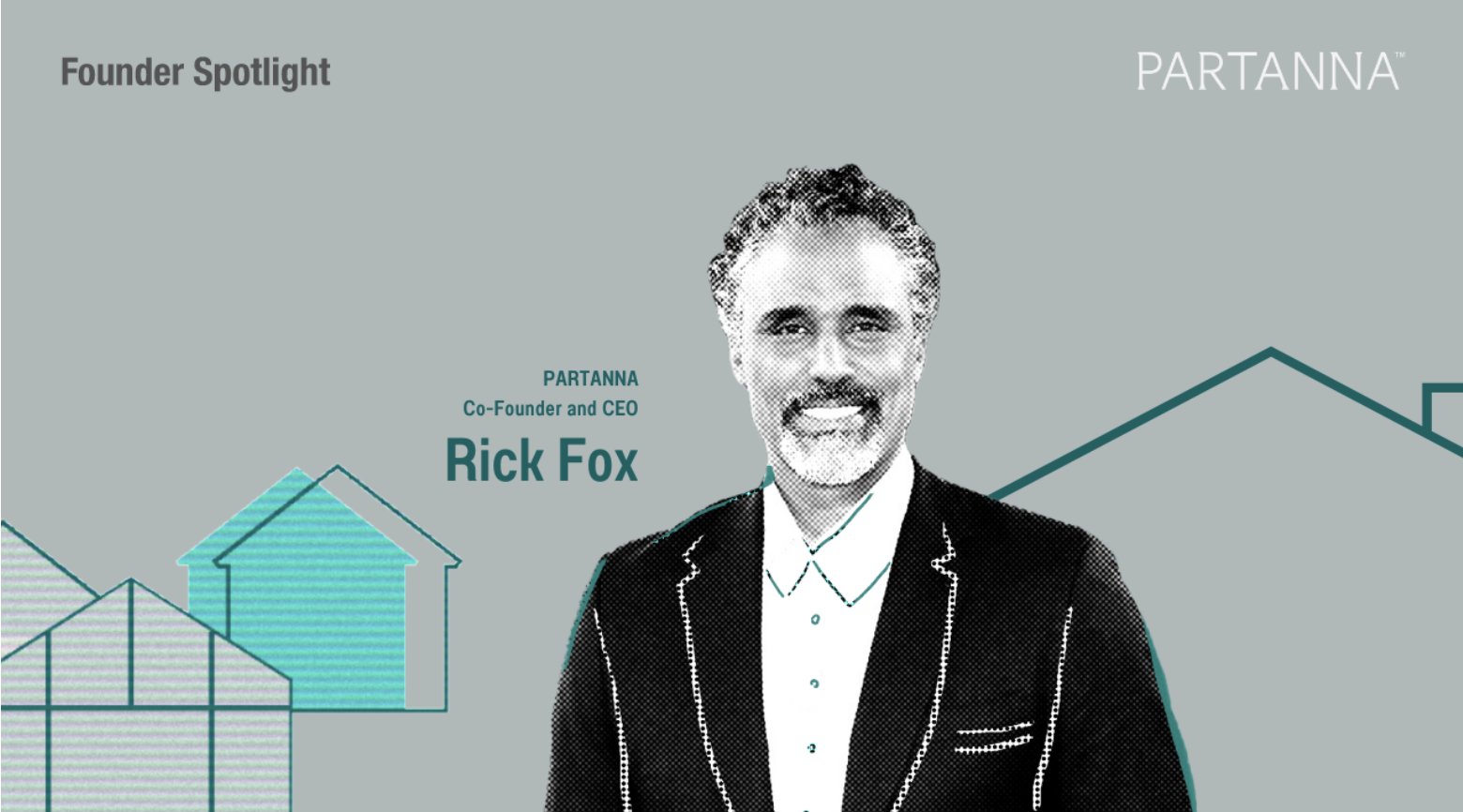AsiaTechDaily – Asia's Leading Tech and Startup Media Platform

“Don’t force customers to learn new things – optimize what they are familiar with” – An interview with Notifi Founder & CEO, Paul Kim
There are generally two camps when it comes to Web3 – one believes that Web3 services must be blockchain-native and fully decentralized in order to be innovative enough to disrupt the previous generation of services, while the other argues that Web3 and Web2 are not opposing forces and must complement each other. Notifi founder and CEO Paul Kim falls in the latter camp.
“Some believe that everything has to be decentralized and Web3-native from the get-go. I’ve just never agreed with that,” Paul says, a statement it’s hard to believe comes from a Web3 entrepreneur. But it’s this belief that has driven his Web3 journey.
In mid-2021, the Web3 industry experienced the hottest period of the DeFi Summer, with the daily trading volume of DeFi protocols reaching 850,000 users, 140 times more than a year ago. At the time, Paul saw many people participating in this event and had a burning question in his mind: “Is Crypto even ‘real’?”
After more than ten years of product development and management experience at tech giants like AWS, Grab, and most recently, Oracle, Paul left his job and joined Circle, the second-largest issuer of stablecoins globally, to try and answer this question. He soon saw that the industry needed a solution that was built on top of blockchain technology but could still leverage the superior communication and notifications tools of Web2. In January 2022, only six months after dipping his toes into Web3, he founded Web3 communication service, Notifi.
Choose something familiar rather than teach people new things
Paul says Notifi was created on the idea that it’s better to choose something people are familiar with and then integrate Web3 elements into it, such as the Web3 membership reward mechanism Starbucks launched in 2022.
“It’s always difficult to teach people new things and force them to adopt a new experience,” Paul says, which is why he believes that Web3 technologies with high entry barriers such as crypto wallets will eventually disappear, an idea that could be seen as blasphemous to many of the Web3 devout.
A solution to the communications issues plaguing Web3
Notifi is focused on the communication issues prevalent in the Web3 sector. As blockchain identities are anonymous, service providers cannot send notifications to individual users in real-time, and can only make announcements in public communities – imagine someone using your credit card or withdrawing money from your account without you receiving any notifications, and you can only learn the status by standing in the lobby of your bank waiting for a relevant announcement.
To make matters worse, different blockchain services have their own public chains and ecosystems, contributing to further fragmentation of messages. According to Paul, whose experience in communications services helped him conceive his product, Notifi is like a bridge connecting Web3 blockchain services and Web2 communication services.
“Notifi is the Twilio for Web3,” Paul says of his company, explaining the comparison to the largest cloud communication service provider in the market by using Airbnb and Uber as an example.
When booking a room on Airbnb, a text message confirmation is received; when calling an Uber, you can call the driver to confirm the itinerary even if you don’t have their driver’s number. Twilio is the behind-the-scenes provider of the above notification services, allowing service providers to easily connect code and integrate messaging, voice, email, and other communication services into their own services, and users can choose their familiar communication methods to receive messages.
Notifi has launched a similar communication infrastructure tool that allows blockchain service developers to integrate code without starting from scratch, enabling notification delivery through familiar communication methods such as text messages and emails and increasing interaction between users.
In addition, Notifi also provides cross-chain, cross-platform instant messaging, such as sending an email to someone’s Gmail account or a text message to their phone or Telegram account using a blockchain wallet.
Today, the startup has already integrated its platform with common communication services such as Twitter, Telegram, Discord, SMS, and email. It also supports mainstream public chains such as ETH, Solana, Polygon, BNB Chain, etc. Notifi is expanding the ecosystem at a rate of approximately one new dApp integration every two weeks.
Find traction and iterate quickly
Paul’s best practices echo the principles of every startup in the early stages of building a product: “The first step in building a product is always to find traction, get feedback, and continuously improve the product.” As a veteran product developer, Paul is making use of Web3 features to accelerate Notifi’s growth in several ways.
First, the decentralized nature of blockchain services makes service providers tend to outsource non-core businesses to trusted third parties rather than controlling all user data themselves. This is also the main reason why many blockchain services approach Notifi.
“If you’re a DeFi lending protocol, the one thing you don’t want is to provide notifications and messaging for your community, ” Paul explains. Decentralized services emphasize not infringing on user personal data and ensuring anonymity, but to achieve message notification, the service must be able to access user data and real identities, “It’s like the taboo (for decentralized services).”
In short, data is gold in Web2, but it’s a liability in Web3.
Secondly, due to its open-source and community-oriented nature, Web3 is much faster than Web2 in terms of business expansion and customer feedback, which also allows Notifi’s product to iterate quickly.
“Web 2.5” as the foundation for a new era
Up to now, Web3 and Web2 have been like two ends of a balance, each with their own ecosystems and peripheral services. Paul believes that combining the advantages of Web2 and Web3 to optimize the user experience is the key to expanding the Web3 market.
“It’s always difficult to get your first customers (in Web2). You need to build the relationship, trust, and then you have to basically work together and build something together, or you need to convince them that your product is worthy of implementation,” Paul says. However, in Web3, many customers are engaged in open-source projects, so as long as the code is fine, the products can be integrated with each other, and user feedback or questions on new requirements can be posted in community platforms such as Discord.
Paul has built a Web3 business around the concept of integrating the best of Web2 and Web3, or “Web2.5”.
“A lot of people are trying to bring Web2 users into Web3,” he says. “We’re trying to take Web3 things into Web2.”
Despite the drastic changes in Web3 and the overall tech industry over the past year, when we look back at the next generation, whether good or bad, it will only be a small part of history and the starting point of a new era.
Highlights
- Paul believed it was better to choose something people were familiar with like Web2 and integrate Web3 elements into it rather than go full Web3.
- That’s why his startup, Notifi, serves as a bridge between Web3 blockchain services and Web2 communication services.
- The universal first step in building a product is to find traction, collect feedback, and continuously improve the product.
- Paul sees “Web2.5” as the key to growing the Web3 industry.
This article is part of a partnership with Cherubic Ventures.Founded in 2014, they are an early-stage venture capital firm that’s active in both the US and Asia, with a total AUM of 400 million USD. Focusing on seed stage investments, Cherubic aims to be the first institutional investor of the next iconic company and back founders who dare to dream big and change the world.





